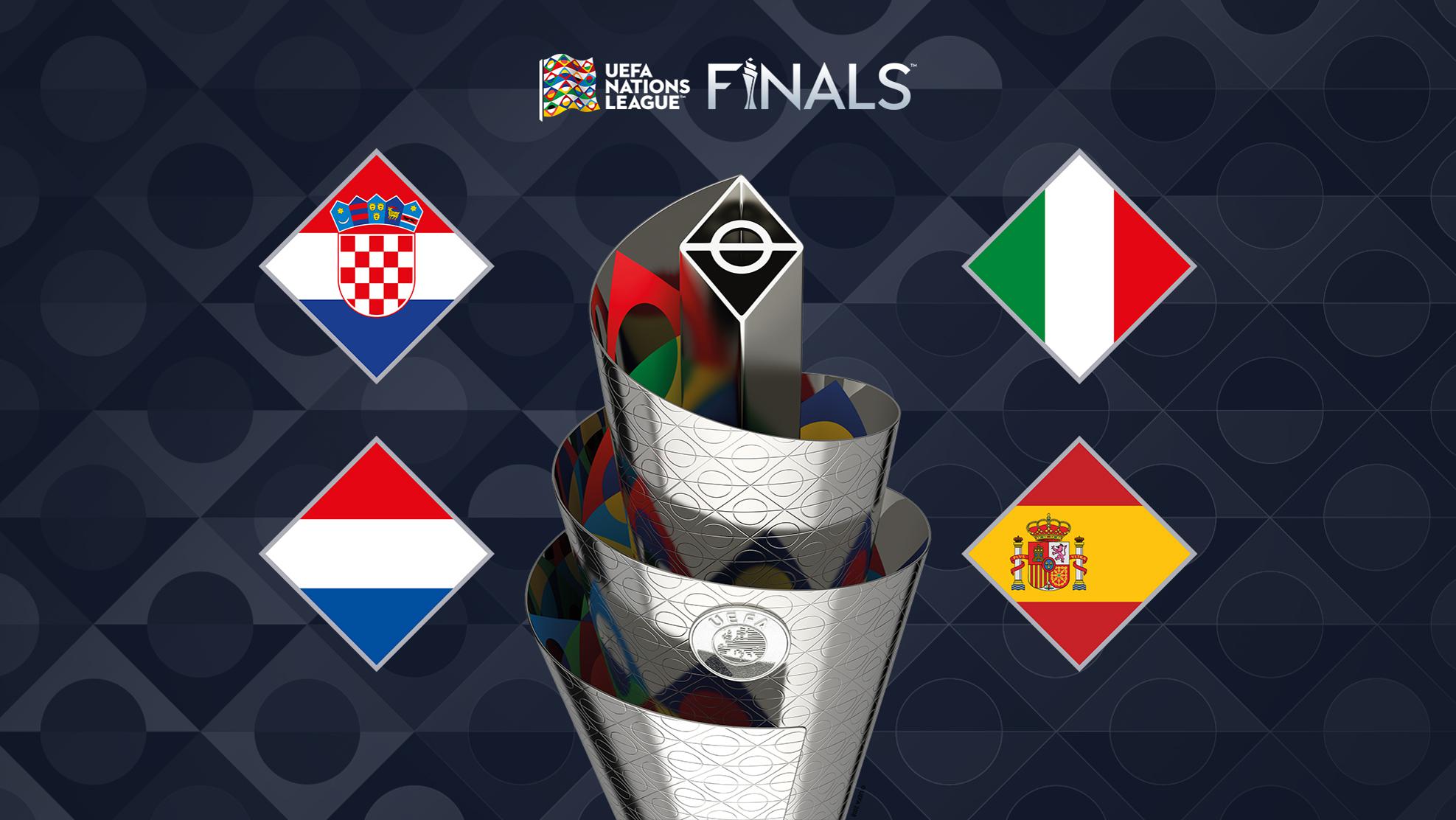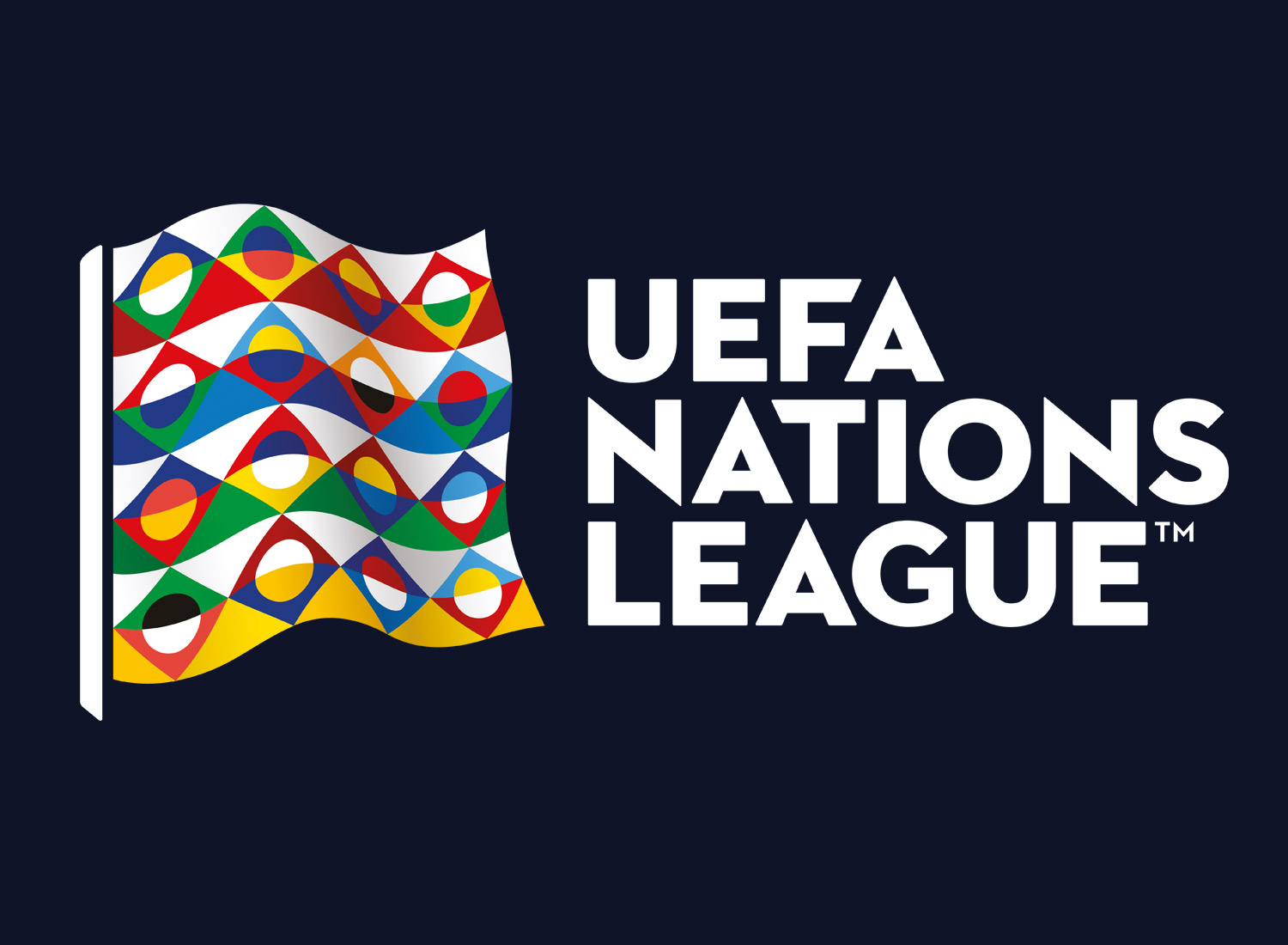History and Evolution of the Nations League

The Nations League was an international organization founded after World War I with the primary goal of preventing future wars. It was established in 1920 under the Treaty of Versailles and was headquartered in Geneva, Switzerland. The League’s initial membership included 42 nations, and its stated goals were to promote international cooperation, disarmament, and the peaceful settlement of disputes.
The UEFA Nations League, a prestigious tournament that brings together Europe’s top football nations, has seen the rise of many talented players. Among them is Giovanni Di Lorenzo , Italy’s dependable right-back. Di Lorenzo’s impressive performances in the Nations League have solidified his status as one of the continent’s most promising defenders.
As the competition continues, the Nations League serves as a platform for these players to showcase their skills and contribute to their nations’ success.
Origins and Formation
The origins of the Nations League can be traced back to the ideas of President Woodrow Wilson of the United States. In his Fourteen Points speech in 1918, Wilson proposed the creation of an international organization to prevent future wars. The idea was supported by other Allied leaders, and the League was established as part of the Treaty of Versailles that ended World War I.
Nations League, a tournament that brings together the best of European football, is a thrilling spectacle that leaves fans on the edge of their seats. The excitement doesn’t end there, as the winners of the Nations League Finals earn a direct berth in the Euro 2024 bracket.
This interlinking of tournaments ensures a continuous stream of high-stakes matches, keeping football enthusiasts engaged throughout the year.
Challenges and Obstacles
The Nations League faced a number of challenges and obstacles during its existence. One of the most significant challenges was the lack of support from the United States. The United States Senate refused to ratify the Treaty of Versailles, which meant that the United States never became a member of the League. This weakened the League’s authority and made it more difficult for it to achieve its goals.
Another challenge faced by the League was the rise of nationalism and militarism in the 1930s. The League was unable to prevent the outbreak of World War II, and it was dissolved in 1946.
Structure and Organization of the Nations League
/origin-imgresizer.eurosport.com/2023/06/18/3729557-75881068-2560-1440.jpg)
The Nations League, established after World War I, aimed to prevent future conflicts and promote international cooperation. Its structure and organization played a crucial role in its operations.
The League consisted of three main bodies: the Assembly, the Council, and the Secretariat. The Assembly, composed of representatives from all member states, was the primary deliberative body. It discussed and made recommendations on a wide range of issues, including disarmament, economic cooperation, and international disputes. The Council, comprising representatives from major powers and elected non-permanent members, was responsible for resolving international disputes and overseeing the League’s activities. The Secretariat, led by a Secretary-General, provided administrative and technical support to the League.
Initially, the League had 42 members. Over time, its membership expanded to include most independent states. However, some notable countries, such as the United States and Germany, never joined. The League’s expansion reflected its growing influence and the international community’s desire for cooperation.
Achievements and Failures of the Nations League

The League of Nations, established after World War I, had significant achievements and failures in its efforts to resolve international disputes and promote cooperation.
Successes
– Dispute Resolution: The League successfully resolved several international disputes, including the Åland Islands dispute between Finland and Sweden, the Mosul dispute between Iraq and Turkey, and the Greco-Bulgarian conflict.
– International Cooperation: The League played a crucial role in promoting international cooperation through its specialized agencies, such as the International Labour Organization and the Permanent Court of International Justice.
– Humanitarian Efforts: The League engaged in humanitarian activities, including providing assistance to refugees and promoting public health.
Failures, Nations league
– World War II: The League’s inability to prevent World War II is considered its most significant failure. It failed to resolve the Manchurian Crisis in 1931-1932, the Abyssinian Crisis in 1935-1936, and the Sudetenland Crisis in 1938, which all contributed to the outbreak of the war.
– Lack of Enforcement Power: The League lacked the authority to enforce its decisions, which weakened its effectiveness in resolving disputes.
– Political Divisions: The League was hampered by political divisions among its member states, particularly between the United States, which never joined, and the major European powers.
Lessons Learned
– Importance of International Cooperation: The League demonstrated the need for international cooperation to address global challenges.
– Limitations of Collective Security: The League’s failure to prevent World War II highlighted the limitations of collective security systems without strong enforcement mechanisms.
– Need for Inclusivity: The League’s lack of universality, with major powers like the United States and Germany not being members, undermined its effectiveness.
Nations League, a tournament that brings together the best teams in Europe, is heating up. One of the most anticipated matches is the clash between Italia and Croacia. Italia vs Croacia will be a battle of two evenly matched teams, both with a chance to reach the final four.
The outcome of this match could have a major impact on the rest of the tournament, so be sure to tune in and watch the action unfold.
Nations League, the biennial international football competition, has gained prominence in recent years. The tournament’s unique format and competitive matches have captured the attention of football enthusiasts worldwide. While the Nations League has established itself as a thrilling event, football fans eagerly anticipate the upcoming Euro 2024 bracket , where national teams will battle for continental supremacy.
The Nations League remains a crucial platform for teams to prepare and test their mettle ahead of major tournaments like Euro 2024, ensuring that the competition continues to play a vital role in the international football landscape.
The Nations League has witnessed some captivating performances, and among them stands the brilliance of Mateo Retegui, a young Argentinian striker. Mateo Retegui , with his exceptional skills and unwavering determination, has left an unforgettable mark on the competition. As the Nations League continues to unfold, we can expect more thrilling moments and unforgettable performances from players like Retegui, who are shaping the future of international football.